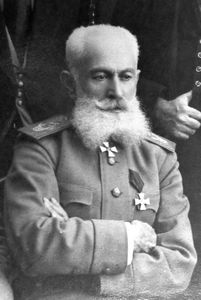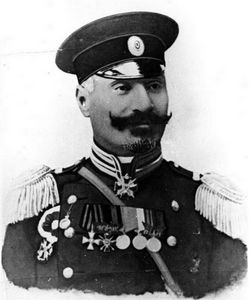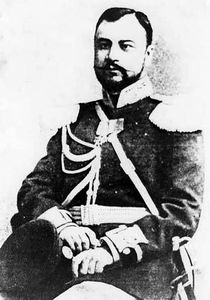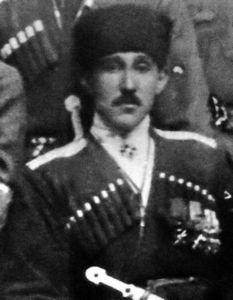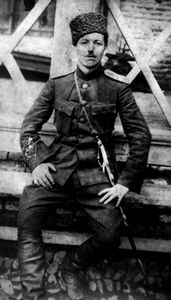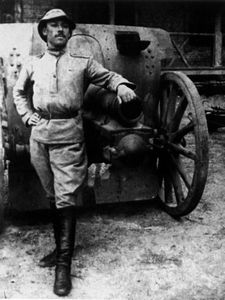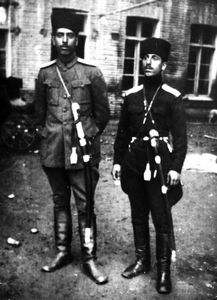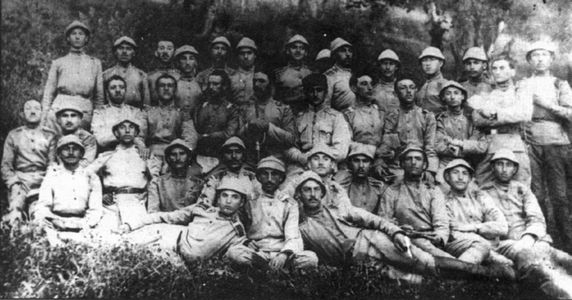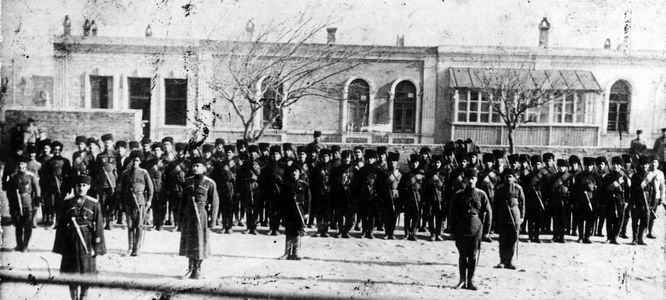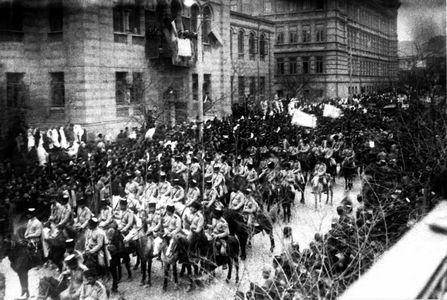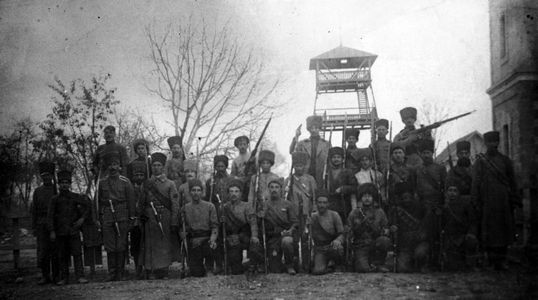Azerbaijan Army
1918-1920
The Azerbaijani Ministry of Defense was established on November 1, 1918, and it was directly responsible for the defense of the country, the establishment, and the operation of military structures.
Following the government’s decree dated to December 25, 1918, General of Artillery, Samad Bey Mehmandarov, was appointed minister of defense while Lieutenant General Aliagha Shikhlinski was appointed deputy defense minister.
The government attached special attention to the army building, spending 27.7 percent of the budget on it.
In case of a direct military threat to the country, the State Defense Committee was established, which mobilized all the forces of the state.
So, a strong army was formed within the very short period thanks to the special state care, as well as the professionalism of the officers and the aspiration of people to protect the homeland.
Thus, the formation of the Azerbaijani Army was based on the national values, as well as needs and requirements of that period.
The military regulations, laws were prepared and a military dictionary was compiled. The first military uniforms were similar to the tsarist army model and resembled those worn by tsarist troops. The difference was only in the inscription of “Azerbaijan” on the shoulder straps.
On January 11, 1920, the army began wearing national military uniforms. The school of warrant officers opened in Ganja to ensure and provide the army with professional military personnel (“Military School” opened in Baku in late 1919). The school of combat engineers (sappers), school of military railwaymen, and school of military medical assistants also opened. The governing bodies of the Azerbaijani Army improved, the General Staff was established, Lieutenant General Mohammad Bey Sulkevic was appointed chief of the General Staff.
There were a lot of military bases and storehouses with weapons in Georgia during the period of Tsarist Russia. Various types of weapons and military equipment were bought from Georgia to provide the army with weapons.
A lot of weapons were acquired while disarming Denikin’s troops. When the British left Baku, they returned the ships to Azerbaijan, and afterward, the Naval Fleet of Azerbaijan was established.
The Naval Fleet consisted of such warships as “Kars”, “Ardahan”, “Astrabad”, as well as auxiliary naval vessels. So, the delegation headed by General Ibrahim Agha Usubov was sent to Italy to purchase sophisticated weaponry (torpedo boats, planes, tanks, submarines, etc.). The military clothing factories opened and the work was carried out to build the plants producing weapons, namely, cartridge and shells.
To prevent threats by Denikin’s army, three fortification lines were created at the northern borders. Baku was fortified from the north and the sea. Powerful machine guns acquired from Georgia were placed in Shikhov, Bayil, Nargin, and Zigh seaside districts of Baku.
Army building was carried out in parallel with military operations.
Thus, the national army conducted the Lankaran operation from August 12 through September 3, 1919, and completed the combat mission by ensuring the country’s territorial integrity in the southern regions.
The First Infantry Division performed the combat mission against the Armenian forces as part of the Zangazur expedition on November 3-7, 1919.
The Army conducted successful operations in Karabakh region, repelled large-scale attacks of the Armenian troops and armed units in Karabakh region and on the border with Armenia in March-April 1920.
During the battles, Generals Habib Bey Salimov, Javad Bey Shikhlinski, Teymur Bey Novruzov, including many other officers, demonstrated professionalism and courage while sergeants and soldiers fully demonstrated the strength of the Azerbaijani army.
The Azerbaijani army, consisting of 30,000 servicemen, had two infantry divisions, one cavalry division, two artillery brigades in April 1920.
The arsenal also included small arms, cannons, howitzers, mountain guns, mortars, machine-guns and cannon weapons, as well as cannon armored vehicles.
Three armored trains made a mobile striking force. The aircraft fleet consisted of planes, the navy - military and naval auxiliary vessels, Baku military port. By the end of 1920, the total army personnel reached up to 40,000 servicemen and a new batch of arms was to be obtained from Italy during that period.
Thus, the main forces of the Azerbaijani Army took part in Karabakh operations including confrontation of large-scale aggression of Armenia on the western borders in March 1920.
As a result, the defensive forces weakened on the northern borders and which paved way for Bolshevik invasion.
